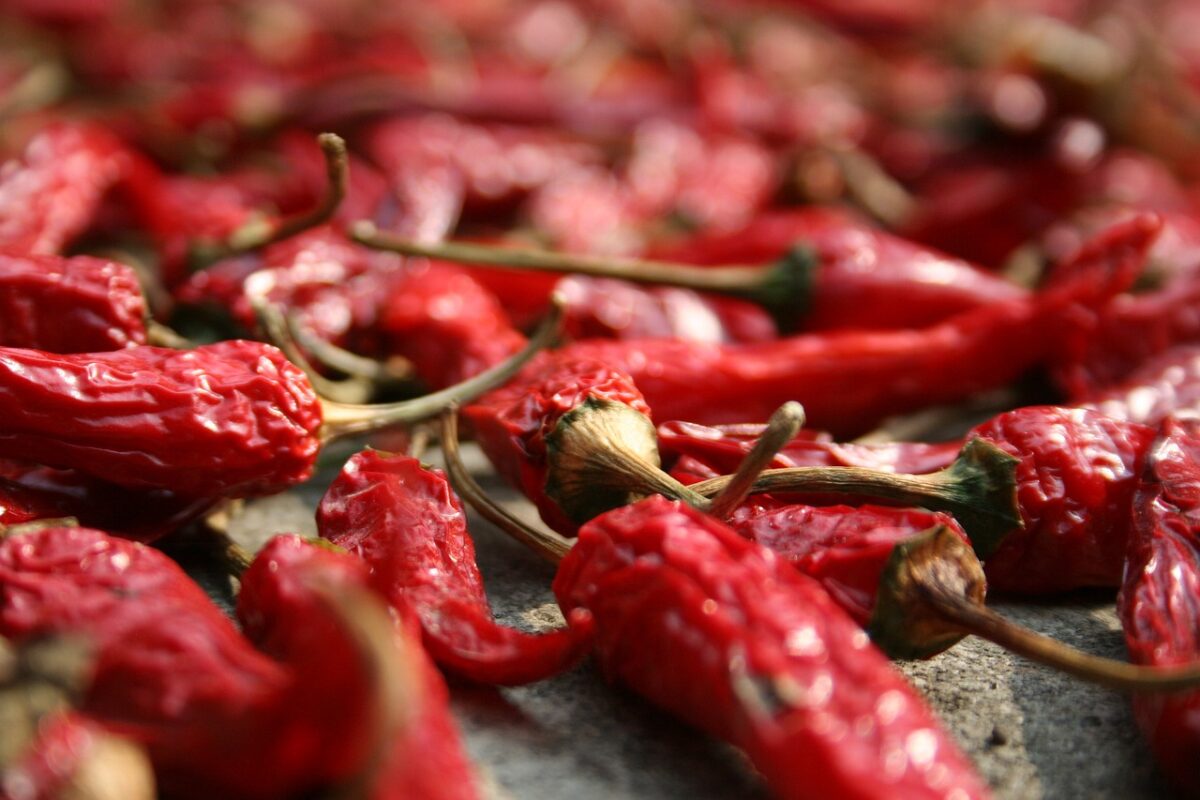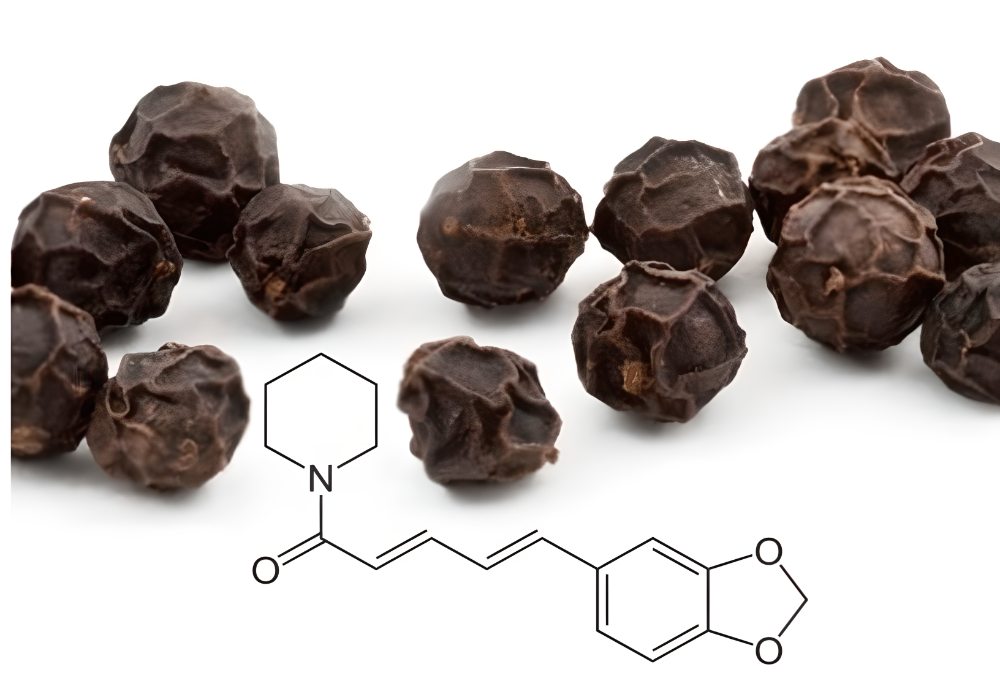The sound of fingernails on unpainted clay, chalk on a chalkboard, or a knife on a porcelain plate causes the majority of people to irk, cringe, or squirm, and for many, the sound is almost intolerable. It scratches, scrapes, screeches, and squeals, and it is certain to provide goosebumps. Why are we so sensitive to this sound in particular since the contributing factors to these discords are, in most cases, not harmful?
Multiple hypotheses
Quite a few researchers in the scientific community have already attempted to answer this question and have produced multiple hypotheses as a result. An Ig Nobel Prize was even given for the research that was conducted by the team at Vanderbilt University that was led by psychologist Randolph Blake. The sound of a rake being used to scrape a chalkboard was captured by Blake and his colleagues, who did the scraping in a school. Then, they broke the sound into its different frequency ranges and tried to figure out which frequencies seemed to hurt their ears the most.
Most painful are the middle-frequency bands
Surprisingly, it’s not the high, shrill frequencies that are the problem, but rather the frequencies in the middle range. When the researchers eliminated this frequency range from the noise, the majority of the individuals stated that it appeared far less disturbing. On the other hand, Blake and his colleagues heard a striking resemblance between the screaming sound and another sound, which they identified as the alarm call of chimpanzees. This ear-splitting shriek sounds very similar to fingernails scratching over a chalkboard.
Ancient roots
Is it possible that our natural reaction to these noises is a holdover from the time when early humans made sounds very similar to those as a kind of warning? In yet another piece of research, researchers from Newcastle University, led by Sukhbinder Kumar, revealed that screeching causes a normal anxiety reaction in the brain. This finding shows, at the very least, the potential. The more irritating the sound of scratching is, the more active the amygdala becomes. The amygdala is the part of the brain that is responsible for the sensation of fear.
Experiencing a resonance in the ear canal
Musicologists Michael Oehler and Christoph Reuter were even able to exactly calculate the disagreeable frequency range. According to their research, the frequency range between 2,000 and 4,000 hertz is where it screeches in a really eerie manner. They hypothesize that the form of the human ear, namely the ear canal, may be to blame for this. Resonance effects make the corresponding frequencies louder, and they also make the ear more sensitive in this area than it would be otherwise. This can make the squealing sound so painful that it hurts to hear it.
However, the relationship between cause and effect is not completely known. For example, did our ears develop to be more sensitive to alarm calls, or do apes and potentially early humans employ the frequency range that is most sensitive to communicate their warnings?


